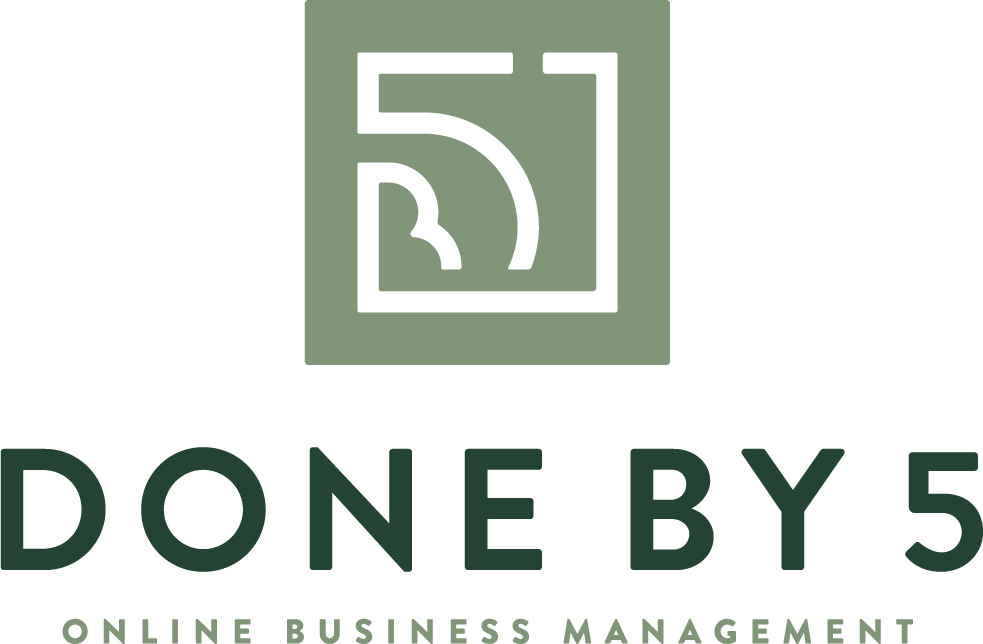How to Read a Balance Sheet: A Guide for Small Business Owners
As a small business owner, you wear many hats—CEO, marketer, customer service rep, and sometimes, bookkeeper. Understanding financial statements is crucial to making informed decisions about your business’s health. One of the most important financial statements is the balance sheet. But what does it really tell you, and how can you use it to guide your business decisions? Let’s break it down.
What is a Balance Sheet?
A balance sheet is a snapshot of your business’s financial position at a given moment in time. It shows what you own (assets), what you owe (liabilities), and the value of your ownership in the business (equity). The formula that makes up the balance sheet is:
Assets = Liabilities + Equity
This fundamental equation ensures that everything your business owns is accounted for, showing how it is financed—whether through debt (liabilities) or owner investment (equity).
The Three Main Sections of a Balance Sheet
1. Assets: What Your Business Owns
Assets are the resources your business controls and expects to provide future value. They are divided into two categories:
Current Assets (Short-Term): These are assets that can be converted into cash within a year, such as:
Cash and cash equivalents
Accounts receivable (money owed to you by customers)
Inventory
Prepaid expenses
Non-Current Assets (Long-Term): These are assets that your business holds for longer than a year, including:
Property, plant, and equipment (PP&E)
Vehicles
Patents and trademarks
Long-term investments
2. Liabilities: What Your Business Owes
Liabilities represent your business’s financial obligations. Like assets, they are categorized as:
Current Liabilities (Short-Term): Debts due within a year, including:
Accounts payable (bills your business must pay)
Short-term loans or credit lines
Wages payable
Taxes payable
Non-Current Liabilities (Long-Term): Debts that extend beyond one year, such as:
Long-term loans and mortgages
Bonds payable
Deferred tax liabilities
3. Equity: Your Business’s Net Worth
Equity represents the owner’s interest in the business after all liabilities are subtracted from assets. It includes:
Owner’s capital (initial and additional investments)
Retained earnings (profits kept in the business)
Distributions or dividends (amounts paid out to owners/shareholders)
If you’re a sole proprietor, your equity is often called “Owner’s Equity,” while in corporations, it’s labeled as “Shareholder’s Equity.”
How to Interpret a Balance Sheet
Once you understand the basic structure, you can use the balance sheet to evaluate your business’s financial health. Here are a few key insights you can gain:
Liquidity: Can you cover short-term debts with available assets?
Look at your Current Ratio: Current Assets / Current Liabilities
A ratio above 1 means you have more assets than liabilities, which is generally a positive sign.
Leverage: How much of your business is financed by debt versus owner investment?
Check your Debt-to-Equity Ratio: Total Liabilities / Total Equity
A high ratio indicates more reliance on debt, which can be risky.
Business Growth: Are assets increasing over time while liabilities remain stable or decreasing? This could indicate a financially strong business.
Common Mistakes to Avoid
Ignoring the Balance Sheet: Many small business owners focus only on profit and loss but overlook the balance sheet, missing out on key insights into financial stability.
Misclassifying Assets and Liabilities: Ensure accounts are categorized correctly to avoid misrepresentation of your financial position.
Overlooking Accounts Receivable and Payable: High accounts receivable might mean cash flow issues if customers delay payments, while high accounts payable can indicate upcoming cash strain.
Final Thoughts
Understanding your balance sheet is not just for accountants—it’s a vital tool for small business owners to make strategic financial decisions. By reviewing your balance sheet regularly, you’ll gain valuable insights into your company’s financial stability, liquidity, and overall growth potential.
✅ Quick Action Step: Take a few minutes today to look at your balance sheet. Identify one key insight—whether it’s your liquidity, debt level, or assets—and make a note of how you can improve it over the next quarter. And if you need help making sense of it all, don’t hesitate to reach out to a trusted bookkeeper or financial expert!
←BACK
DON’T MISS THE LATEST POSTS
BUSINESS
How an OBM Can Transform Your Online Business Operations →
PRODUCTIVITY
Why Every Online Entrepreneur Needs an OBM →
TOOLS
Scaling Your Online Business: A Guide to Working with an OBM →
BUSINESS
How an OBM Can Help Your Online Business Thrive →




